How To Test Uv Filter ?
To test a UV filter, you can follow these steps:
1. Set up your camera on a tripod or stable surface.
2. Choose a well-lit outdoor location with ample sunlight.
3. Remove any lens cap or other filters from your camera lens.
4. Attach the UV filter to your camera lens.
5. Frame your shot and focus on a subject.
6. Take a photo without the UV filter and note the exposure settings.
7. Without changing any settings, take another photo with the UV filter.
8. Compare the two photos side by side on a computer or other device.
9. Look for any noticeable differences in color, contrast, or sharpness.
10. Repeat the process with different subjects and lighting conditions for a more comprehensive test.
By comparing the photos taken with and without the UV filter, you can evaluate its effectiveness in reducing ultraviolet light and any potential impact on image quality.
1、 Spectral Transmittance Testing
To test the effectiveness of a UV filter, you can perform a spectral transmittance testing. This method allows you to measure the amount of UV light that passes through the filter and determine its efficiency in blocking harmful UV rays.
To conduct spectral transmittance testing, you will need a spectrophotometer, a UV light source, and a sample of the UV filter. Here's a step-by-step guide on how to perform the test:
1. Set up the spectrophotometer according to the manufacturer's instructions. Ensure that it is calibrated and ready for use.
2. Place the UV filter sample in the path of the UV light source. Make sure the filter covers the entire light beam.
3. Turn on the UV light source and adjust the intensity to a standard level.
4. Position the spectrophotometer in a way that it measures the light transmitted through the UV filter. Ensure that the spectrophotometer is properly aligned with the light source and the filter.
5. Record the spectral transmittance data provided by the spectrophotometer. This data will show the percentage of UV light that passes through the filter at different wavelengths.
6. Analyze the data to determine the UV filter's effectiveness. A high-quality UV filter should have a high transmittance in the visible light range while blocking a significant amount of UV radiation.
It is important to note that the latest point of view on UV filters is that they should provide protection against both UVA and UVB rays. Additionally, some filters now also offer protection against UVC rays, which were previously considered less harmful due to their absorption by the Earth's atmosphere. Therefore, when testing a UV filter, it is advisable to consider its ability to block a broad spectrum of UV radiation.
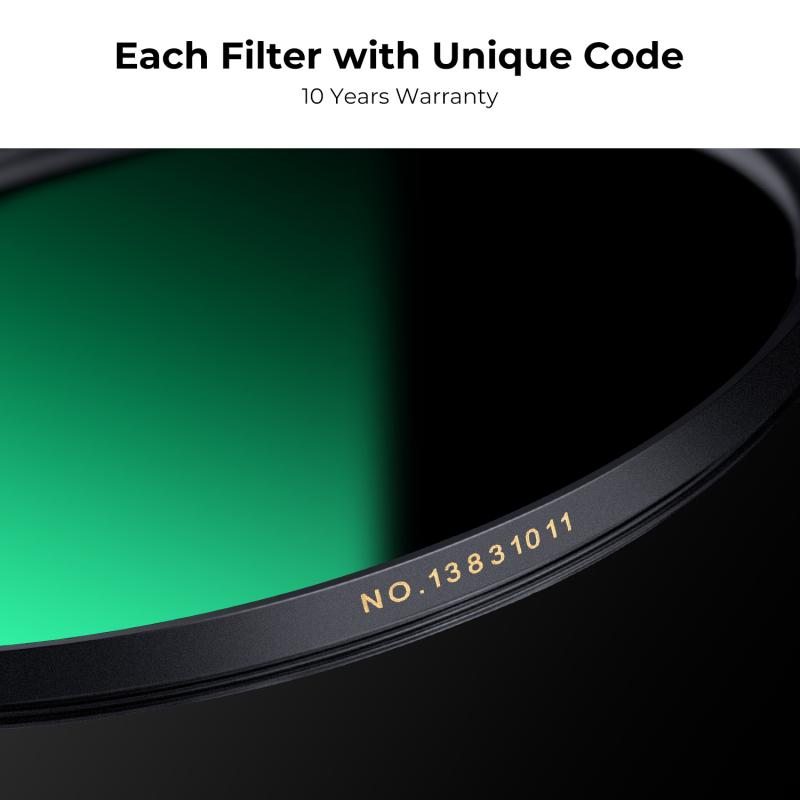
2、 UV Absorption Testing
To test a UV filter, you can perform a UV absorption testing. This test helps determine the effectiveness of the filter in blocking harmful ultraviolet (UV) rays. Here's how you can conduct the test:
1. Gather the necessary equipment: You will need a UV light source, a UV meter, and a sample of the UV filter you want to test.
2. Set up the testing environment: Ensure that the testing area is dark and free from any other sources of UV light. This will help you accurately measure the UV absorption of the filter.
3. Place the UV filter in front of the UV light source: Position the filter between the UV light source and the UV meter. Make sure the filter covers the entire light source.
4. Measure the UV intensity: Turn on the UV light source and use the UV meter to measure the intensity of the UV rays passing through the filter. This will give you a baseline measurement.
5. Remove the UV filter: Take out the UV filter from the setup and measure the UV intensity again. This measurement will represent the UV rays without any filtration.
6. Compare the measurements: Compare the UV intensity measurements with and without the filter. The greater the difference between the two measurements, the more effective the UV filter is at blocking UV rays.
It is important to note that UV absorption testing should be conducted by professionals using calibrated equipment to ensure accurate results. Additionally, advancements in technology and materials may lead to more sophisticated testing methods. Therefore, it is advisable to consult the latest research and industry standards for the most up-to-date testing protocols.
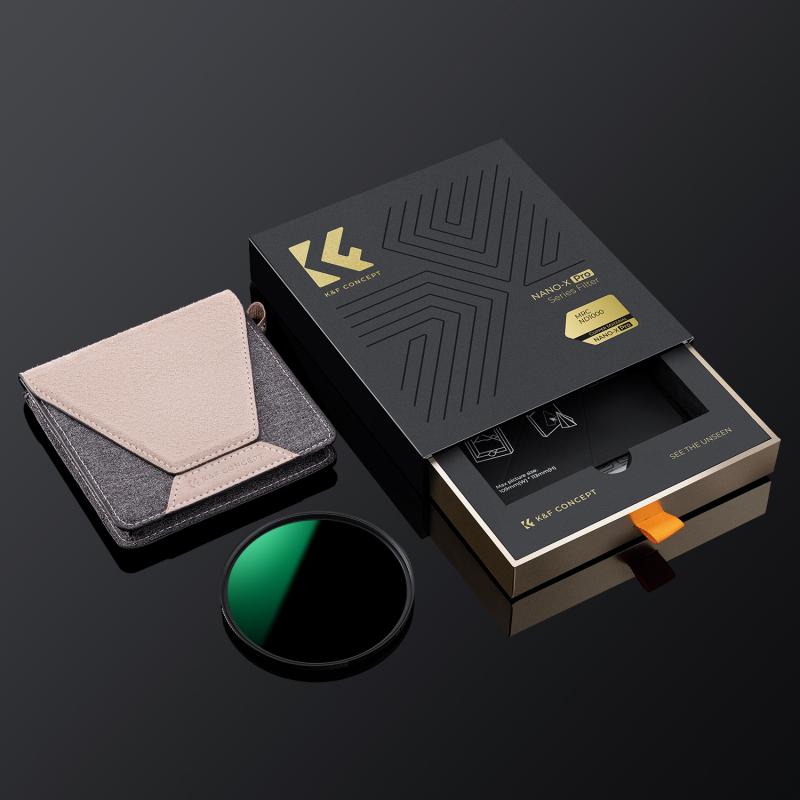
3、 UV Intensity Testing
To test a UV filter, you can follow these steps:
1. Set up a controlled environment: Find a room with minimal ambient light and ensure that the lighting conditions remain consistent throughout the testing process.
2. Obtain a UV light source: Use a reliable UV light source that emits a specific wavelength of UV radiation. This can be a UV lamp or a specialized UV testing device.
3. Place the UV filter in front of the light source: Position the filter between the UV light source and the testing area. Make sure the filter is clean and free from any scratches or defects that could affect its performance.
4. Measure the UV intensity: Use a UV intensity meter or a spectrometer to measure the UV radiation before and after passing through the filter. This will help determine the filter's effectiveness in blocking UV rays.
5. Compare the results: Calculate the percentage of UV radiation blocked by the filter by comparing the measurements taken with and without the filter. A high-quality UV filter should block a significant amount of UV radiation, ideally above 95%.
It is important to note that the effectiveness of a UV filter can vary depending on factors such as the specific wavelength of UV radiation, the quality of the filter, and the angle at which the UV light hits the filter. Therefore, it is recommended to conduct multiple tests under different conditions to obtain a comprehensive understanding of the filter's performance.
Additionally, it is worth mentioning that advancements in technology have led to the development of more sophisticated UV filters that offer enhanced protection against harmful UV rays. These filters may incorporate additional features such as anti-reflective coatings, which minimize glare and improve overall image quality.

4、 UV Protection Factor Testing
To test the effectiveness of a UV filter, you can follow these steps:
1. Obtain a UV light source: You will need a UV light source that emits UVA and UVB rays. This can be a specialized UV lamp or natural sunlight.
2. Prepare a control sample: Take a piece of fabric or material that does not have any UV protection and expose it to the UV light source for a specific period of time. This will serve as a control to compare the effectiveness of the UV filter.
3. Prepare the sample with the UV filter: Take a piece of fabric or material that has the UV filter applied to it. Ensure that the filter is evenly distributed and properly applied.
4. Expose the sample to UV light: Place both the control sample and the sample with the UV filter under the UV light source for the same duration of time. Make sure they are exposed to the same intensity of UV radiation.
5. Measure the UV protection factor (UPF): After exposure, use a UV meter or a spectrophotometer to measure the amount of UV radiation that passes through each sample. The UPF indicates the level of protection provided by the filter. The higher the UPF, the better the protection.
It is important to note that testing the effectiveness of a UV filter is a complex process that requires specialized equipment and expertise. It is recommended to consult with a professional testing laboratory that specializes in UV protection factor testing for accurate and reliable results.
Additionally, it is worth mentioning that the latest point of view on UV protection is the importance of broad-spectrum protection. UV filters should not only protect against UVA and UVB rays but also against UVC rays, which are becoming a growing concern due to the thinning ozone layer. Therefore, when testing a UV filter, it is crucial to ensure that it provides broad-spectrum protection to safeguard against all harmful UV radiation.
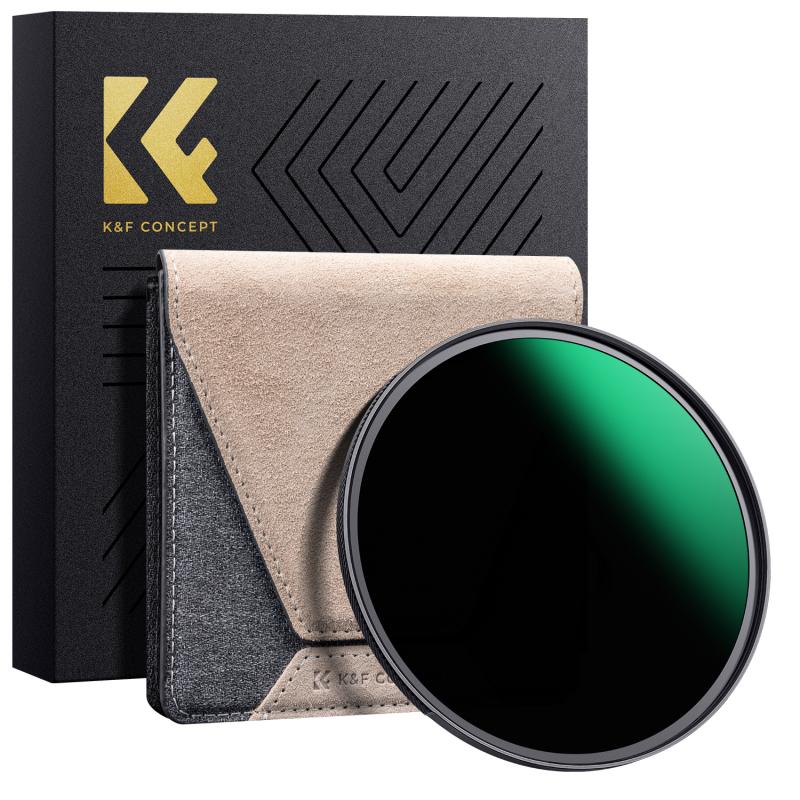


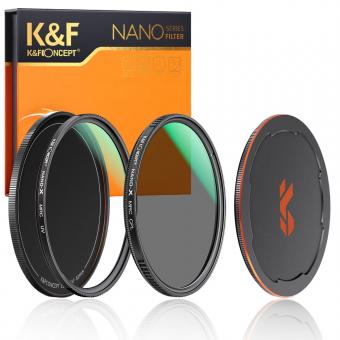
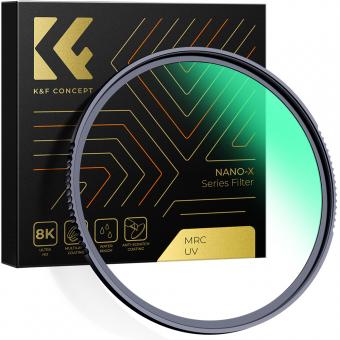
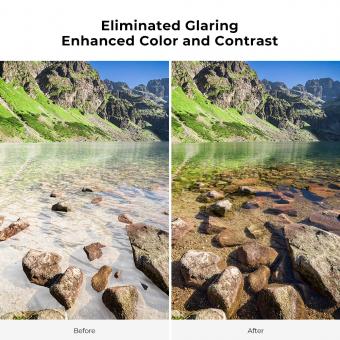
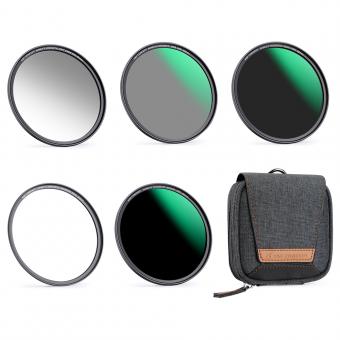
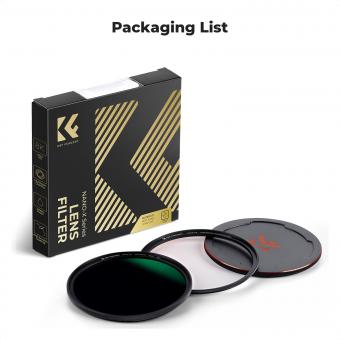

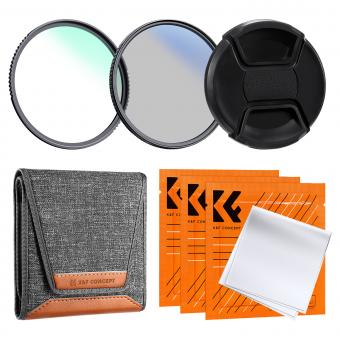
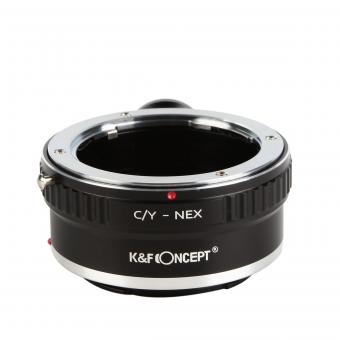




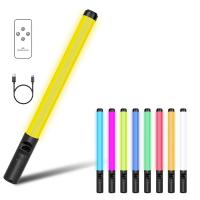
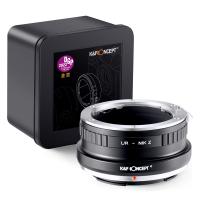
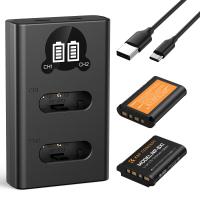


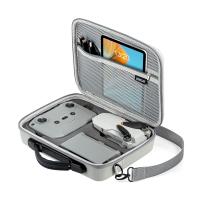
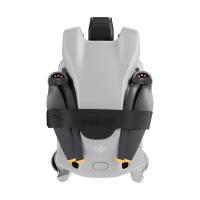
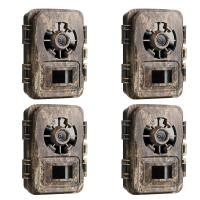
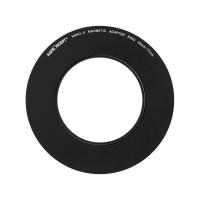
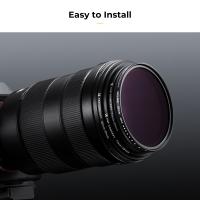
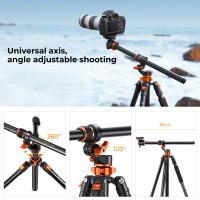
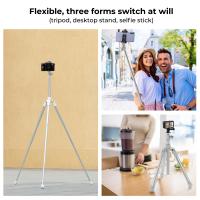
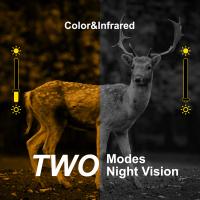
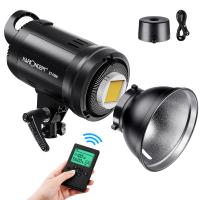
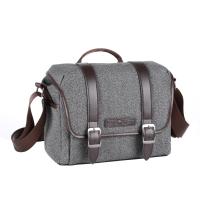
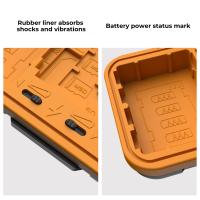

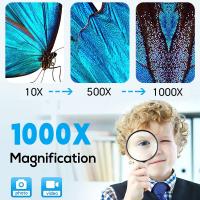
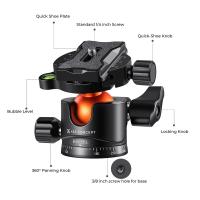
There are no comments for this blog.